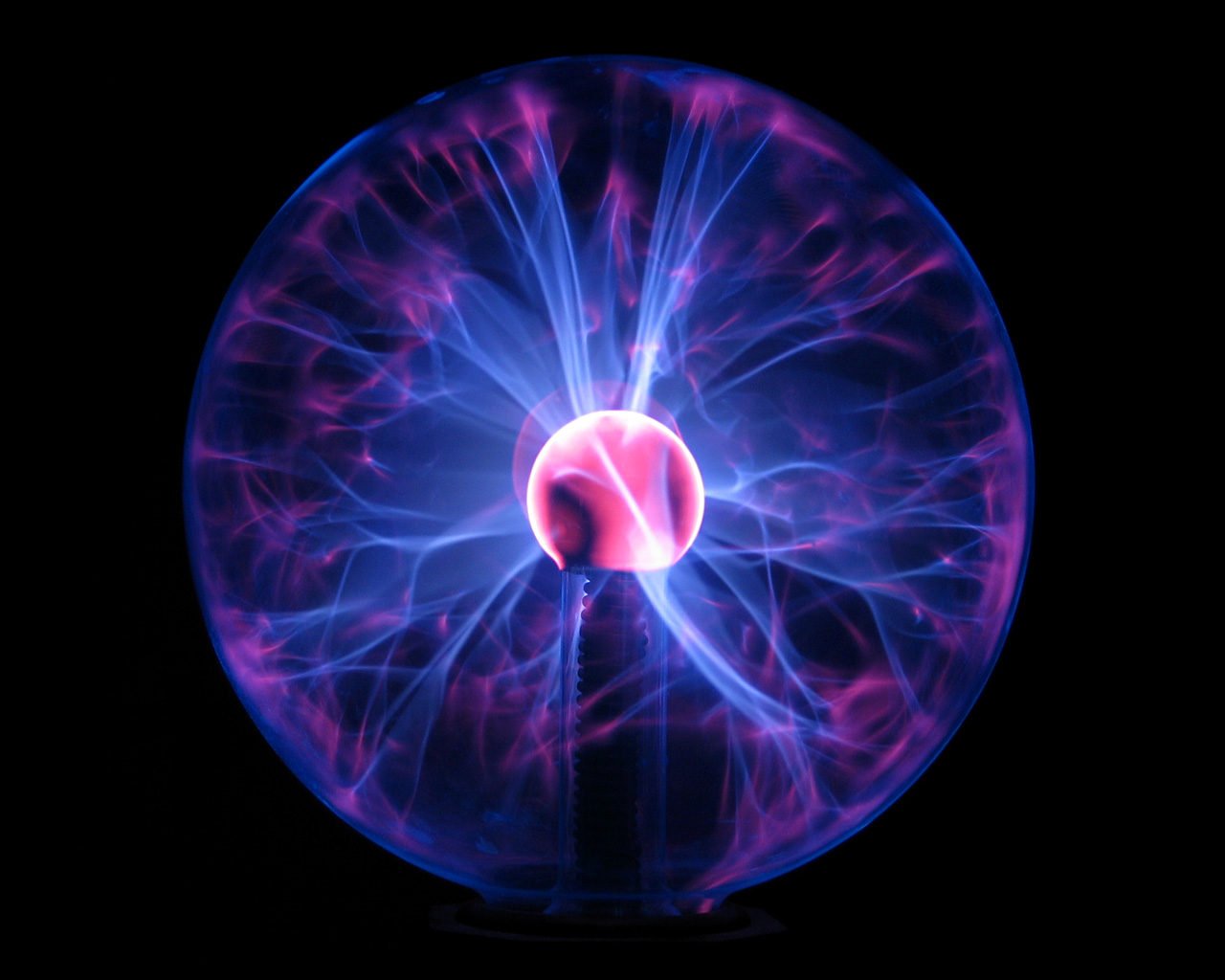You’ve probably heard about the epic battle between inventors, Thomas Edison and Nikola Tesla about how electricity would be delivered to the masses. If not, this video will catch you up.
As the video shows, Edison’s campaign was pretty grim. He was convinced that AC power was unsafe and publicly electrocuted a number of animals, including an aging elephant, to prove it. AC had advantages for cheaply delivering power over long distances, so it ultimately won out…or did it.
In this article, Will Tesla Batteries Force Home Wiring to go Low Voltage?, innovations in battery technologies developed by Tesla Motors may force homes and appliances to rewire for DC to be more efficient. The irony of this is staggering. A company inspired by and named for Nikola Tesla may reverse a long-standing convention and get us closer to Edison’s original vision for power distribution.
It makes one wonder if their battle may continue wherever they may be, if they might look at what their creations have wrought and continue to keep score.
You might also be interested in Edison’s device for contacting the dead. We’ll be examining this in more detail soon.


